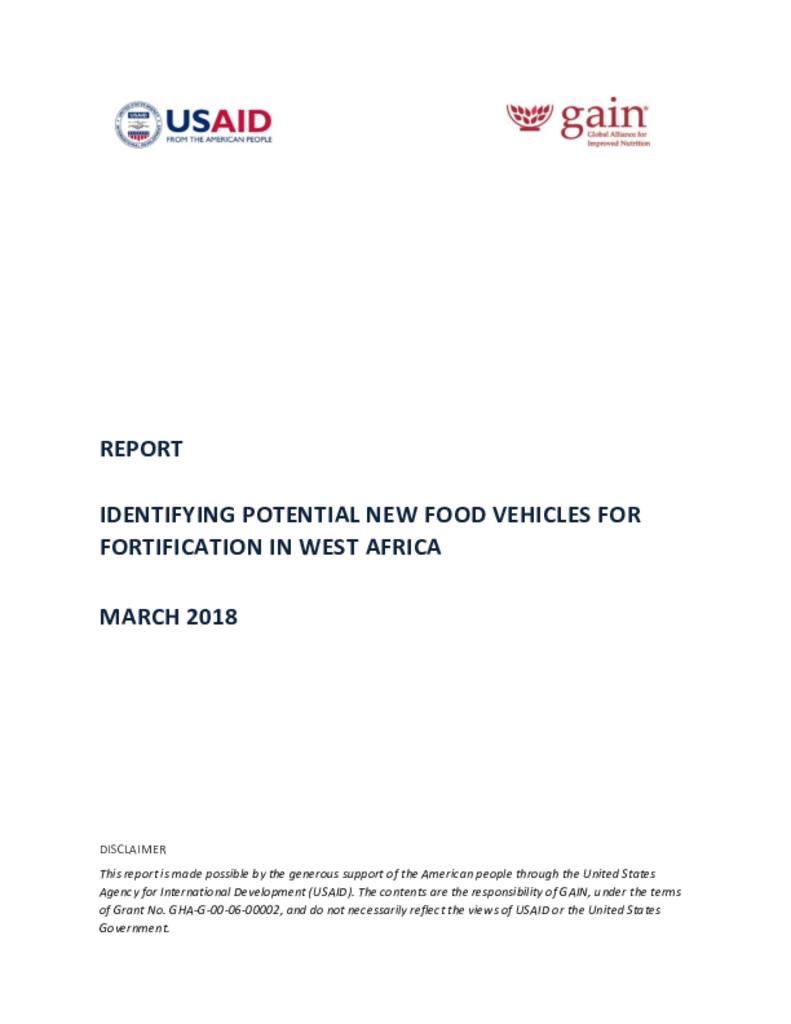Large-scale food fortification is among the most sustainable medium-to-long-term strategies to combat vitamin and mineral deficiencies. Oil and cereal grain fortification is common throughout West Africa; however, the impact on public health may be insufficient if the current diet (local and fortified foods) does not meaningfully contribute towards meeting the dietary needs for some essential nutrients.
In an effort to explore the potential of new food vehicles for large-scale food fortification in West Africa, the Global Alliance for Improved Nutrition (GAIN) took advantage of two Fortification Assessment Coverage Toolkit (FACT) surveys conducted in West Africa (Burkina Faso and Nigeria) that measured quality, coverage and/or consumption of mandatorily fortified foods, for exploring the potential of other industry manufactured foods for fortification.
Results revealed that rice, tomato paste, and bouillon cubes may be good potential candidates as vehicles for fortification in both Burkina Faso and Nigeria given their high availability, household coverage and consumption in potentially fortifiable forms. That said, given the reliance on imported products, expanding the fortification mandates to include them would only be worthwhile if there is strong monitoring and enforcement at customs/border levels to ensure that only appropriately fortified foods are imported.
